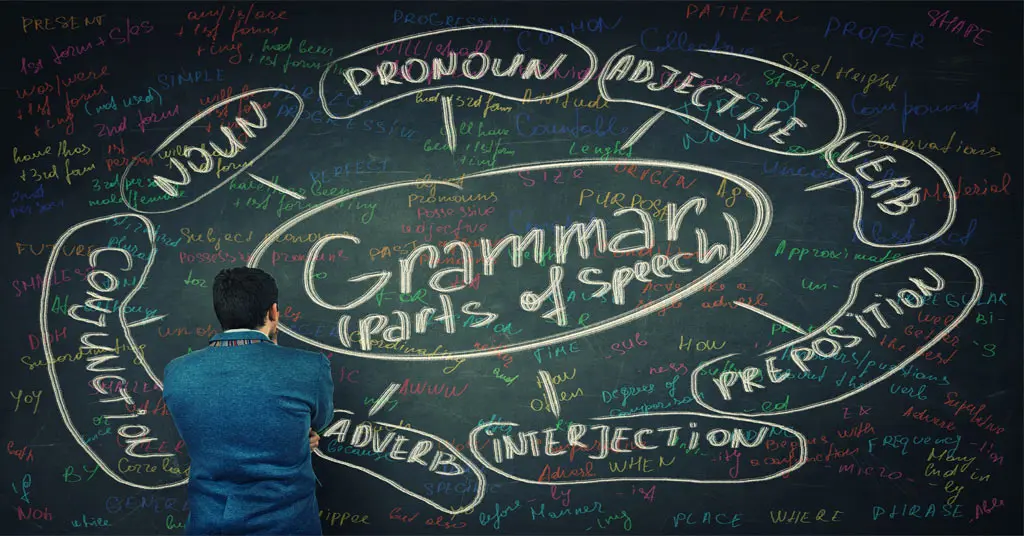These questions will test your ability to spot and correct sentence structures. Spotting a sentence fragment and a run-on sentence is going to be crucial.
Here are some things to look out for when presented with a sentence that may be fragmented.
Does the sentence have a verb?
Without a verb, the subject of the sentence is not doing anything. To fix these sentence fragments, add a verb to put the subject into action.
Example
Fragment: Ten to twelve people.
Correction: Ten to twelve people won prizes.
Does the sentence have a subject?
Without a subject, it is unclear who or what the action of the sentence is tethered to. To fix the fragmented sentence, add a subject.
Example
Fragment: Thought about lunch.
Correction: Sarah thought about lunch.
Is the sentence a subordinate clause?
Keep an eye out for sentences that begin with subordinating conjunctions (while, when, since, as, after, before, etc.) followed by a main clause with no independent clauses. A subordinating conjunction and a main clause is not a complete sentence. To fix these fragments, add an independent clause for the subordinating conjunction to make sense.
Example
Fragment: While she went to the store.
Correction: While she went to the store, he cleaned the house.
Does the sentence have an “-ing” verb or an “-ed” verb that does not refer to past tense, without a helping verb?
An “-ing” verb is called a gerund. An “-ed” verb that does not refer to past tense is called a past participle. Gerunds and past participles must have another verb in the sentence or a verb connected to them to help them. Without a helping verb or another verb in the sentence, the sentence is fragmented. To correct these fragments, you must add a helping verb or add a main verb to the sentence.
Examples
Fragment: The dog drinking water.
Correction: The dog is drinking water.
Correction: The dog drinking water wagged his tail.
Does the sentence have an incomplete main clause?
Cross out the relative clause, prepositional phrase, and/or the appositive in the sentence to see if the main clause is incomplete. If the main clause is incomplete, you can correct it by adding a subject or a verb.
Example
Fragment: The cake, which has pink frosting and sprinkles.
Correction: The cake, which has pink frosting and sprinkles, came from her mother’s recipe book.
Note that if you cross out the prepositional phrase, “which has pink frosting and sprinkles,” the corrected sentence still makes sense because a subject and a verb are tethered to “the cake.”
Here are some things to look out for when presented with a sentence that may be a run-on.
Does a comma join two complete sentences?
A comma joining two sentences is called a comma splice. You can check to see if the sentence is a run on by looking for a coordinating conjunction that joins the sentences. You can also check by finding if a subordinate conjunction starts a subordinate clause. Without a coordinating conjunction between two clauses, or a subordinating conjunction at the beginning of the subordinate clause, the sentence contains a comma splice. It is therefore a run-on.
Example
Run-on: He did the homework, he forgot to turn it in.
Correction: Although he did the homework, he forgot to turn it in.
Correction: He did the homework, but he forgot to turn it in.
Does the sentence lack punctuation?
You can spot a run-on if two or more sentences are fused without punctuation. This type of run-on will have two subjects that are disjointed from each other and no punctuation to marry them logically.
Example
Run-on: She went to the store for milk she forgot her wallet so she had to go home.
Correction: She went to the store for milk, but she forgot her wallet, so she had to go home.
Does the sentence combine independent clauses with a conjunctive verb and commas?
This can often lead to run-on sentences because conjunctive verbs (like therefore, consequently, however, etc.) can only tether independent clauses using a period or a semicolon. The use of a comma here is incorrect.
Example
Run-on: He has finished the race, however, his injuries will prevent him from running again.
Correction: He has finished the race. However, his injuries will prevent him from running again.
Correction: He has finished the race; however, his injuries will prevent him from running again.
Dealing with sentence fragments and run-on sentences can be tricky. But if you study the common flaws and effective ways to correct these structural errors, you will be on your way to success for this question type. You can get lots of practice through UWorld’s SAT® Prep Course! With thousands of practice questions, detailed explanations for questions, and performance tracking tools, you can streamline your studies and pinpoint your weak spots to boost your scores. Try it out today!




